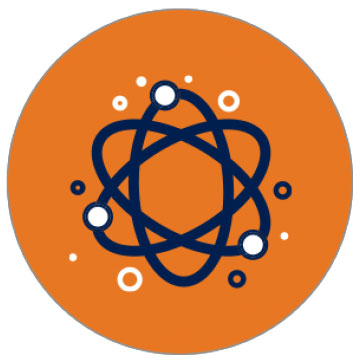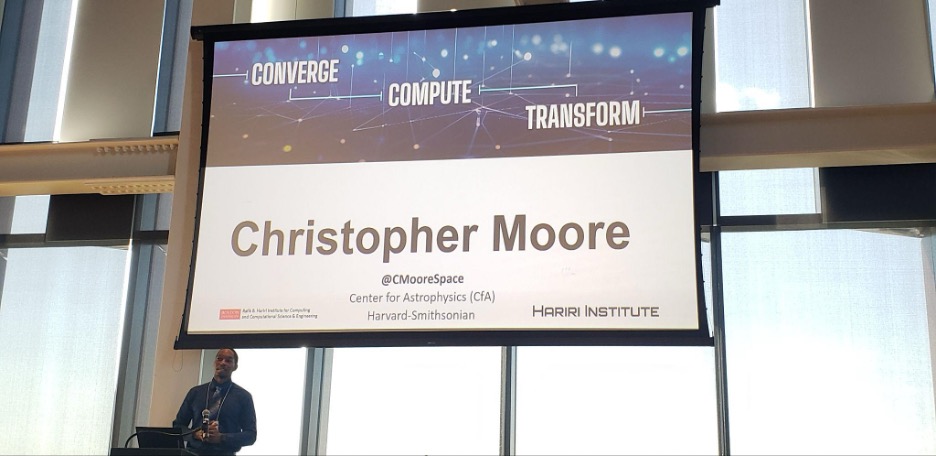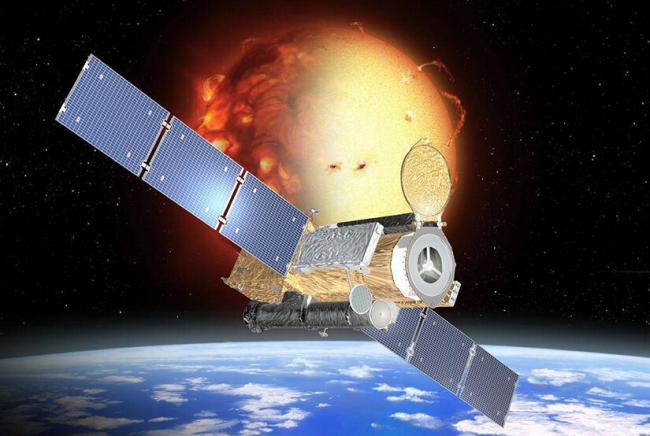 Meet a Scientist A closer look at the people behind the research
Meet a Scientist A closer look at the people behind the research
Christopher Moore’s road trip from the South Side of Chicago to the surface of the sun
In the early days of astronomy, astrophysicists like Kepler and Copernicus spent most of their days looking up at the stars using simple telescopes. They were able to track and record planetary movement and phenomena, but there was much they could not see.
Today, astrophysicists like Christopher Moore at the Center for Astrophysics | Harvard & Smithsonian use special instruments and technology to run physics simulations and analyze data that allow them to learn much more about the big questions of the universe.
Moore studies the outer part of the sun, called the corona, by measuring high-energy, ultraviolet and X-ray light using technology of his own design. “If we don't have that special type of equipment, or we don't use special technology to look at the sun, we wouldn't even see the outer atmosphere. We wouldn't see the corona, or think it even exists,” he explains.

He first discovered the beauty of the stars when he took a road trip to the rural countryside, far from the Chicago suburb where he grew up, and saw a sky richly decorated with points of light. “I would look up in the rural night sky where it’s much, much darker, and almost everywhere I looked, I could see stars appearing as bright dots, which was amazing to me,” Moore said. “It was like I was blinded, but now I could see more clearly.”
After he graduated from high school, he was unsure of his path ahead. “Growing up, there weren't a lot of people that I knew that went to college and were successful from my neighborhood. I saw that you could study astronomy, and I was like, ‘wow, I remember that has to do with stars and planets and galaxies.’” Following his passion, Moore joined the physics and astronomy program at the University of Iowa. There, he studied not just the stars, but the physics that governs them.
“Little did I know when I started taking classes, I also had to take physics courses, and physics was really tough, pretty arduous. I had to take calculus courses and really work on and improve my math skills, change the way I thought about things [to develop my physics acumen].”
Moore then earned a master's and a Ph.D. in Astrophysics and Planetary Science from the University of Colorado Boulder. He wanted to better understand the atmospheres of lower mass stars like our sun, why these stars’ atmospheres are hotter than the visible surfaces, and how these stars influence other astronomical bodies such as our Earth.

Image: Solar Dynamics Observatory/NASA
Currently Moore is a lead on the Swift Solar Activity X-ray Imager Rocket (SSAXI-Rocket). The SSAXI-Rocket launched in April 2024 to measure ultraviolet light and x-rays from a solar eruption. Specifically, he was examining solar flares—large electromagnetic eruptions on the sun’s surface. In May 2024, there happened to be the most intense solar storm in decades. By sending the commands through radio telescope to the sounding rocket, the team was able to tell it where to point and to capture data, documenting the changes happening on the sun’s surface during the event.
By investigating the sun—the source of life on Earth—Moore hopes to uncover the secrets of our world. “Our sun has certain characteristics of radiation, temperature, gas and plasma flowing off of it, which allow us—multicellular, complex life—to exist,” Moore explains. “So, understanding our host star, the sun, is very critical to understanding dynamics here on Earth.” From our ocean tides to our weather patterns to the warmth, light, and energy it generates, the sun is the key to the past, present, and future of our home planet.
Understanding our sun may uncover life on other planets, as well. “I would say it's highly, highly, highly probable that there are other life forms out there in the universe, because there are billions of stars in our galaxy. Probably at some point on some planet, some moon, some galaxy somewhere,” Moore said. “But how intelligent is it? That's a whole other story.”
Meet a Scientist tells the stories of the people behind the research, the discoveries they make, and their inspiration. We explore their passions, celebrate their contributions, and look more closely at how questions become solutions that can inform environmental policy, spur technological innovation, and promote community and collaboration across the globe.

